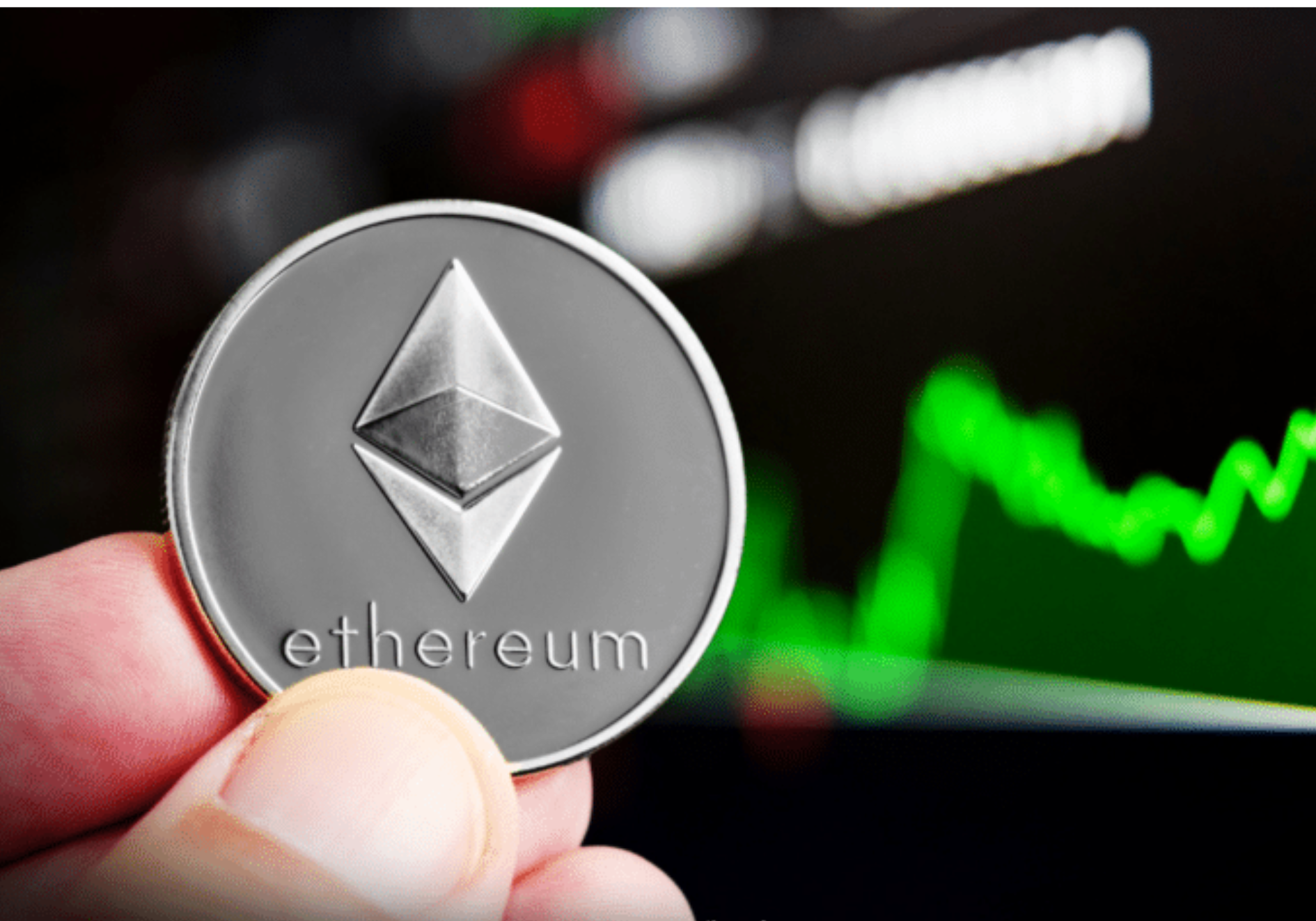Introduction
Ethereum (ETH), the second-largest cryptocurrency by market capitalization,, has witnessed notable price swings recently. As a leading digital asset, its performance attracts significant investor attention. With ongoing market volatility, many are questioning whether ETH presents a viable investment opportunity at this time. This article examines ETH’s recent price movements, the key factors influencing its value, and whether it is a smart investment in the current market climate.
Recent Price Movements

Current Market Performance
As of mid-March 2025, the smart contract giant is trading around $1,906, reflecting a 0.22% decline from its previous closing price. Over the past few days, its price has fluctuated within a range of $1,881 and $1,950, demonstrating the persistent volatility that characterizes the broader crypto market.
Monthly Trend
Over the past month, Ethereum has experienced a 15.7% decrease, dropping from approximately $2,261 to its current levels. This decline aligns with broader market trends, as Bitcoin and other major cryptocurrencies have also seen downturns. Market corrections have played a significant role in the digital asset’s short-term trajectory, with macroeconomic factors and investor sentiment further influencing its value.
Key Factors Influencing Price Trends
Key Factors Affecting ETH’s Price
1. Macroeconomic and Market Conditions
Global economic trends heavily impact cryptocurrency prices. Factors such as inflation rates, monetary policies, and recession concerns influence investor confidence in risk assets like ETH. Additionally, stock market fluctuations and geopolitical developments contribute to the crypto market’s volatility as investors seek safe-haven assets during uncertain times.
2. Regulatory Developments
Regulatory actions continue to shape ETH’s market trajectory. A recent U.S. government announcement regarding cryptocurrency reserves initially fueled bullish expectations. However, the absence of major government acquisitions led to a dip in sentiment and subsequent market corrections.
The potential approval of additional Ethereum-based exchange-traded funds (ETFs) could enhance institutional adoption and liquidity. Conversely, tighter regulations on decentralized finance (DeFi) and staking services could pose long-term risks to Ethereum’s ecosystem.
3. Bitcoin’s Market Influence
Bitcoin’s dominance currently stands at 61.5%, meaning it continues to overshadow altcoins, including Ethereum. Historically, when Bitcoin holds a significant share of the market, altcoins struggle to gain momentum. A shift in dominance could lead to increased capital inflows into ETH and other alternative assets.
4. Network Upgrades
Ethereum’s upcoming Pectra upgrade, scheduled for April 2025, aims to improve scalability, efficiency, and transaction costs. If successfully implemented, these enhancements could drive greater adoption and reinforce Ethereum’s market leadership against competitors like Solana and Avalanche.
Investment Considerations: Pros and Cons

Pros of Investing
- Institutional Adoption – Growing interest from financial institutions and the introduction of ETFs enhance ETH’s long-term credibility.
- Deflationary Supply Mechanism – The transition to proof-of-stake (PoS) and Ethereum Improvement Proposal (EIP-1559) have reduced ETH’s circulating supply, potentially increasing its value over time.
- DeFi and Smart Contract Leadership – Ethereum remains the dominant blockchain for DeFi applications, NFTs, and decentralized apps (dApps), securing its position as a leading industry player.
Cons of Investing
- Market Volatility – ETH remains highly volatile, making it a risky asset for short-term traders.
- Regulatory Uncertainty – Changing regulations on DeFi, staking, and smart contracts could impact ETH’s long-term growth.
- Competition from Alternative Blockchains – Emerging platforms like Solana, Cardano, and Polkadot offer faster transactions and lower fees, potentially challenging Ethereum’s dominance.
Should You Invest in Ethereum Now?
Ethereum’s recent price decline may present a buying opportunity for long-term investors who believe in its technological advancements and ecosystem growth. However, short-term traders should be mindful of continued volatility and potential market downturns. At around $1,900, ETH’s price is still relatively high, necessitating careful consideration before investing.
A prudent investment strategy could involve dollar-cost averaging (DCA), where investors accumulate ETH gradually instead of making lump-sum purchases. Additionally, monitoring key indicators such as Bitcoin’s dominance, regulatory shifts, and network upgrades can provide insights into Ethereum’s future trajectory. Diversification is also essential to avoid overexposure to a single asset class.
Conclusion
Ethereum remains a dominant force in the crypto space, supported by strong fundamentals, continuous network improvements, and increasing institutional adoption. Despite recent volatility, its long-term growth potential makes it an attractive investment for those willing to navigate the risks.
Ultimately, the decision to invest in ETH should align with individual financial goals, risk tolerance, and thorough market research. Staying informed about macroeconomic conditions, regulatory changes, and technological developments will be crucial for making well-informed investment decisions.




